Permaculture Basics: Getting Started
What is Permaculture? And how do you get started with permaculture? I’m sharing a beginner’s guide to the permaculture.
I recently stumbled across the idea of permaculture basics and had my first aha moment in our homestead processes.
Why am I working so hard to fight nature? I struggle with trying to get my morning chores completed while trying to improve our coop to accommodate our recent additions to the homestead.
Plus work on our business startup, and a million other projects that need to be completed – all while running our home and raising little ones. I decided that it’s time we give permaculture a try.
Sound familiar?
You see, I homestead with two toddlers, ages 2 1/2 and 1 1/2 and a baby that is approaching 5 months old. My husband ranches during the day, which keeps him very busy.
He works sun up til sun down on most days and adding projects to his to-do list just feels cruel.
I’m left trying to manage things around the homestead. It is something that I completely love, but it is a challenge with three little ones.
Getting started with permaculture
So, when I discovered the basics of permaculture, I was intrigued and wanted to learn more. Why wasn’t I using my chickens and goats to work towards their full potential and make my life a little easier.
The chickens are incredibly beneficial in helping prep the garden by tilling and scratching the dirt, making it easy to get a garden planted. Yet, their pens and coop are on complete opposite ends of our yard.
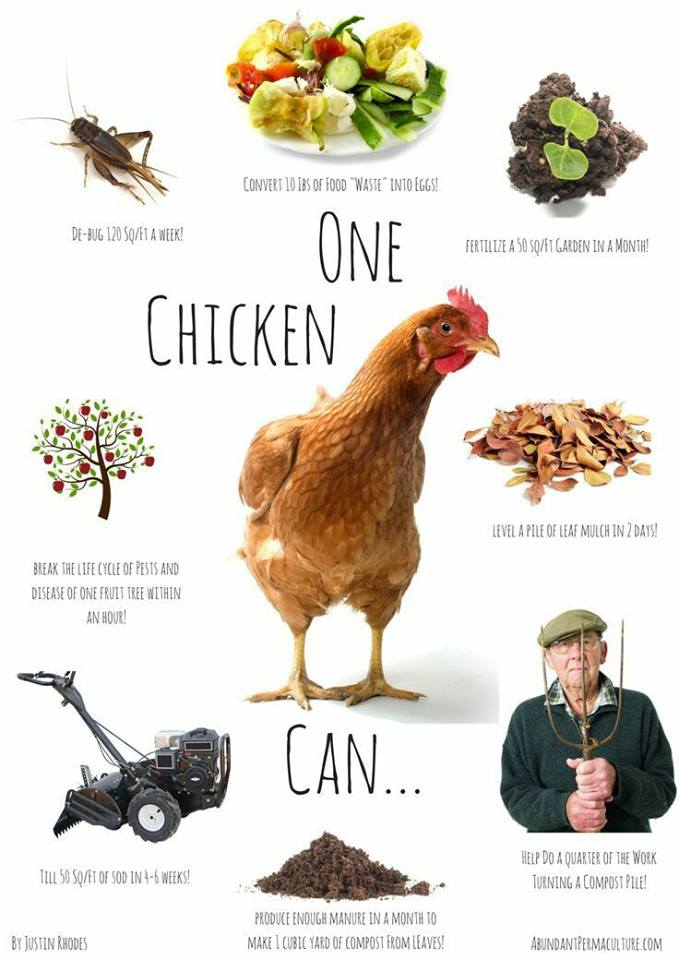
I have a chicken coop set up on one end of the yard, our ducks are in another area, goats in another and our garden on the complete other side of the yard.
Permaculture helps you put a system in place that makes you work smarter and not harder by following twelve basic principles.
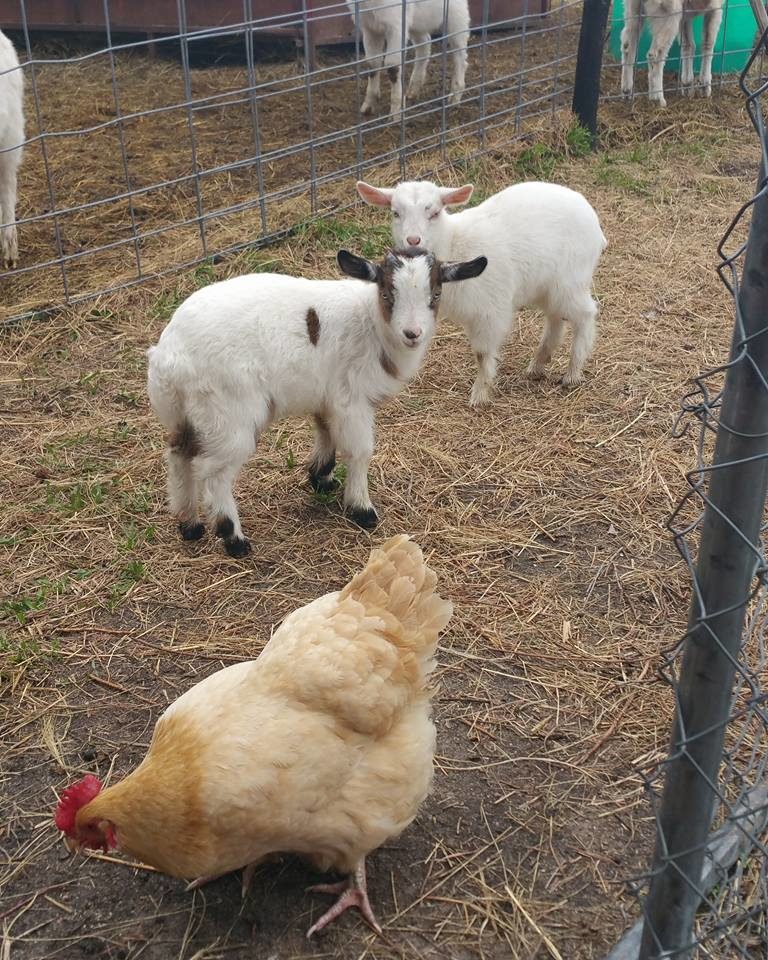
I have been researching and reading a lot about permaculture over the past few weeks. We are now ready to start putting this into practice at our homestead.
I’m diving straight in!
This is a new way of thinking for us, but I’m hoping some of my experienced friends can help along the way! Networking with other homesteaders is exactly why I started this blog.
What is Permaculture?
Oxford Dictionary defines permaculture as “the development of agricultural ecosystems intended to be sustainable and self-sufficient.”
Permaculture teaches us ways to work with nature and not against it. Why don’t I have my chickens working to prep my garden by scratching and tilling the dirt? They also provide fertilizer for the garden.
12 Permaculture Basics:
Permaculture has 12 basic principles. They are…
#1 Observe and Interact – Observe the seasons, climate, patterns of weather, etc and see how they affect the growth of plant life and what works best for your area.
#2 Catch and Store Energy – Using a greenhouse that provides light and heat to plants in the winter or looking for ways to harvest rainwater are both examples of catching and storing energy for use.
#3 Obtain a Yield – Looking for ways to utilize unique spaces for growing to make our garden beneficial. Working with nature to plant in areas that create a successful garden.
So for example, I’m planning on growing beans, cucumbers and other climbing vegetables in already established fence lines in areas of my home where they will be more successful, rather than forcing it to grow in a space that won’t provide much benefit. Working with nature.

#4 Apply Self-Regulation and Accept Feedback – I truly believe that in order to learn and grow, we must accept feedback from others. We must evaluate ourselves and what we practice.
#5 Use Renewable Resources – Growing perennials and trees are both examples of using renewable resources. Saving seeds and soil conservation are others.
#6 Produce No Waste – This may be one of my favorite things about permaculture. In the garden, we use compost. Compost that has our kitchen scraps and fertilizer from our animals. We try to limit our trash and try to recycle or reuse whenever possible.
#7 Design from Pattern to Detail – By observing details of nature, we can best plan our resources and design.
So, I might have certain herbs that don’t grow well in my garden, but they thrive on the side of the house, or utilizing my already established fence line to grow a climbing vegetable. Rather than trying to make it grow in one designated “garden bed”.
#8 Integrate Rather Than Segregate – Another part of permaculture that makes me happy, right here. Another part of my big “aha moment”. I’ve always used to segregate my garden, but things haven’t produced well.
And through my research, I realize that I have been fighting nature. By putting things in the right places, they work together. This is what makes gardens with companion planting so successful. Integrating what works well together, helps the garden to thrive.
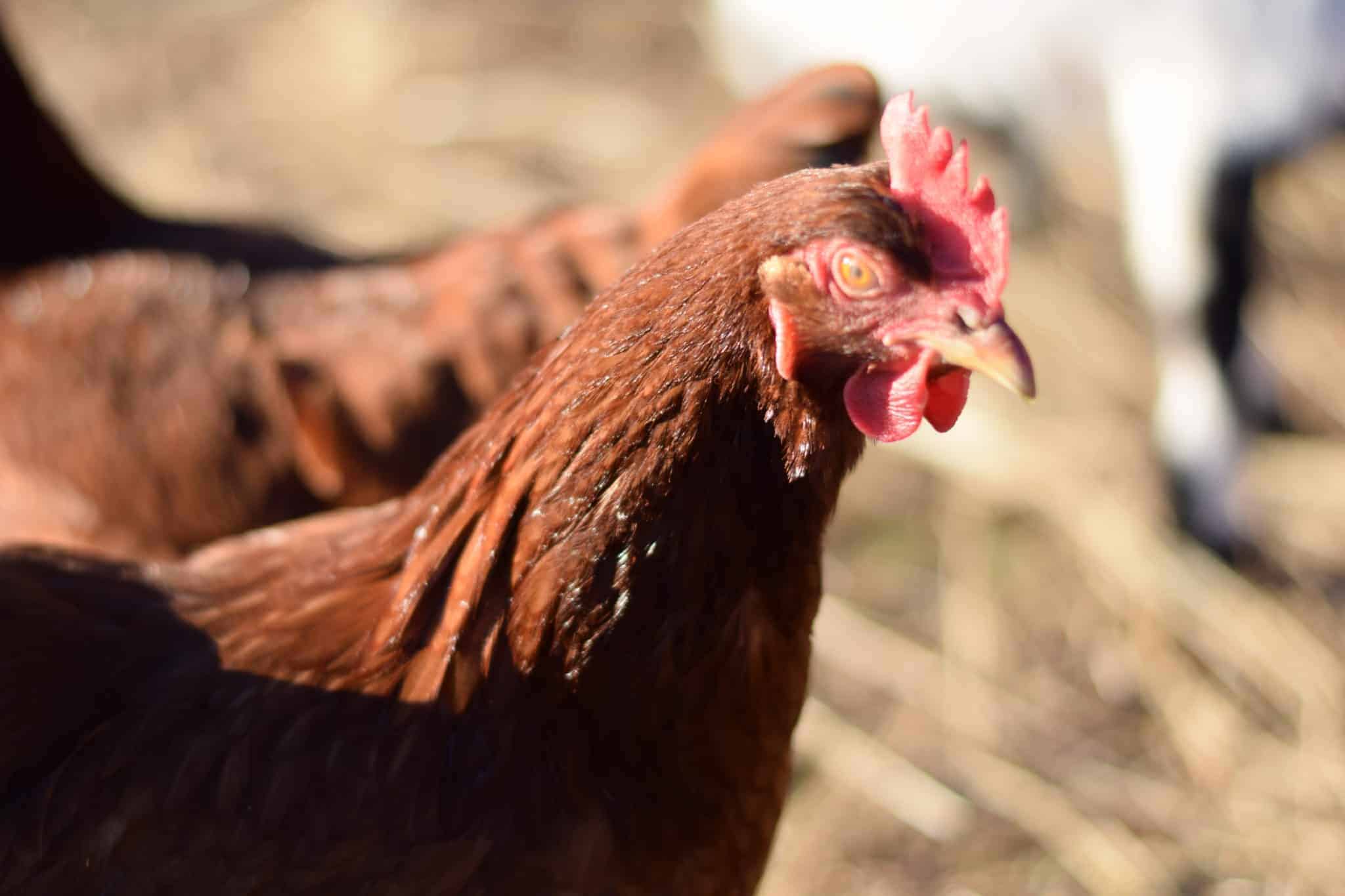
#9 Use Small and Slow Solutions – Small and slow systems are easier to maintain than big ones. Another example of how perennials would benefit the long term, saving time and energy.
#10 Use and Value Diversity – Planting a variety of a particular vegetable, for example, I have a couple of varieties of cauliflower for my fall garden because I want to create a diverse garden. I’m not putting all of my “eggs in one basket”. This helps prevent loss due to vulnerability.
#11 Use Edges and Value Marginal – This is where we utilize all possible areas for growth–using the edges. I know I’ve mentioned growing in unique places where we can really see a yield, it also applies here. Getting creative with our garden, planting in unusual places or using every possible area that will help ensure success.
#12 Creatively Use and Respond to Change – Observation and adaptability are key here. What grows well one year, may not the next. Or what doesn’t grow well in one area, may be better planted in another area. Learning what works or what doesn’t work and making the changes to ensure their growth.
So, there you have the twelve principles of permaculture.
Have you put permaculture basics into practice at your homestead? If so, share your tips!
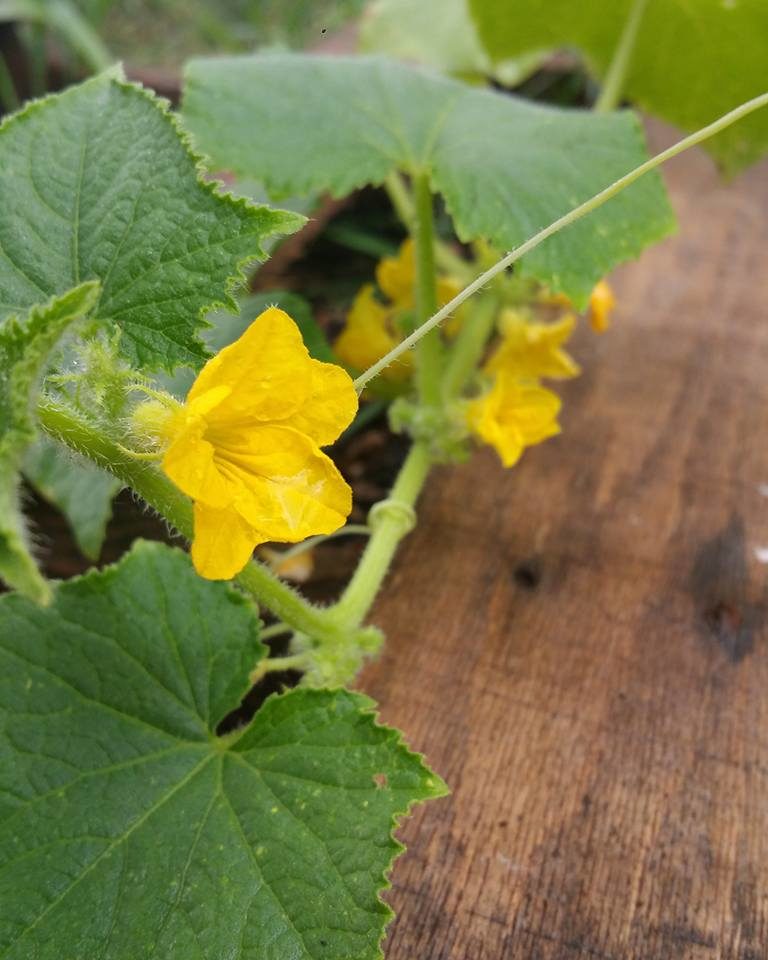

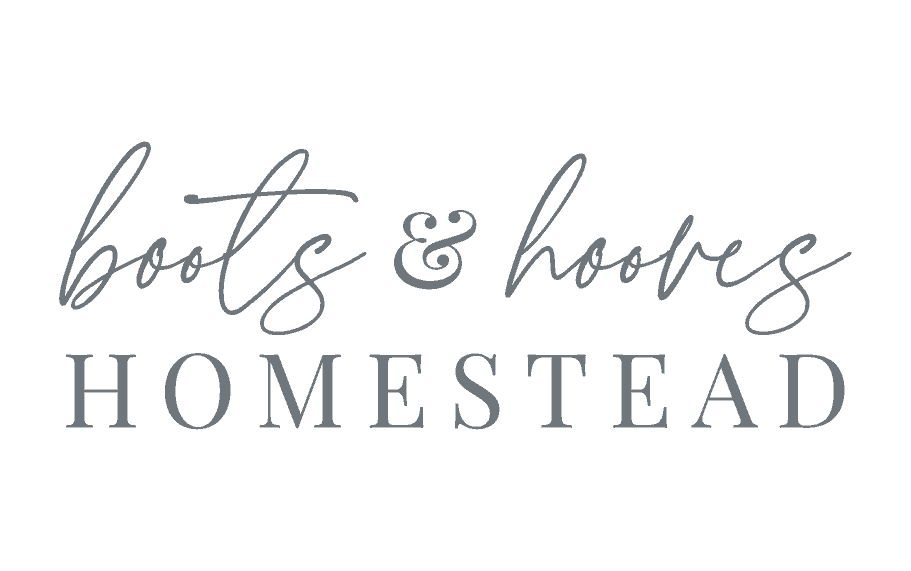
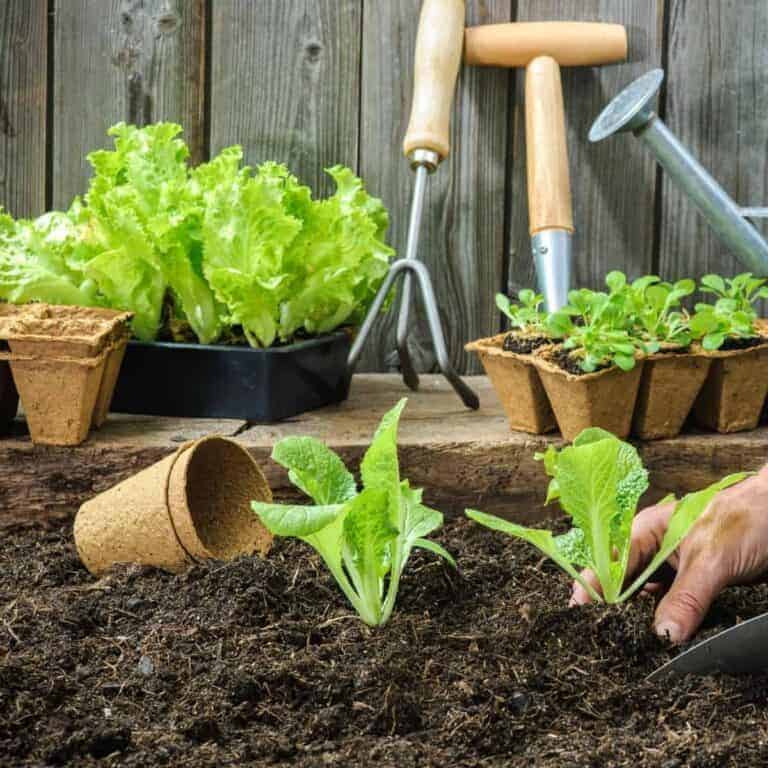
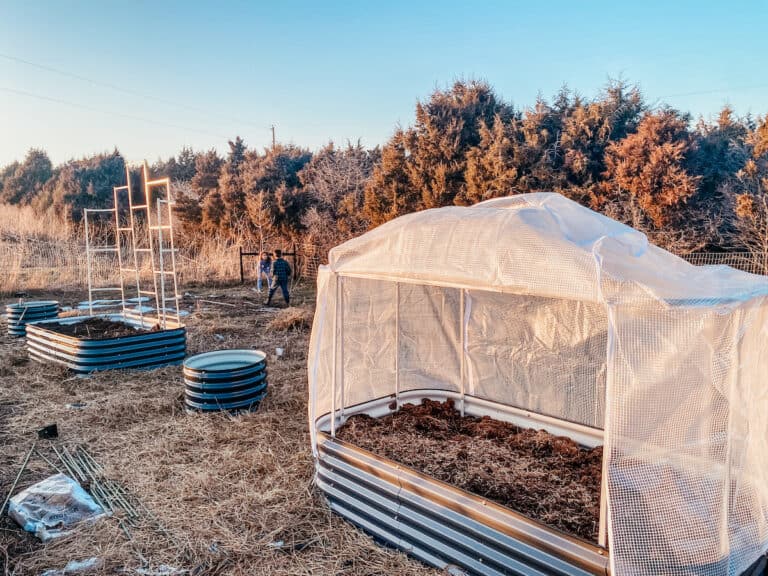
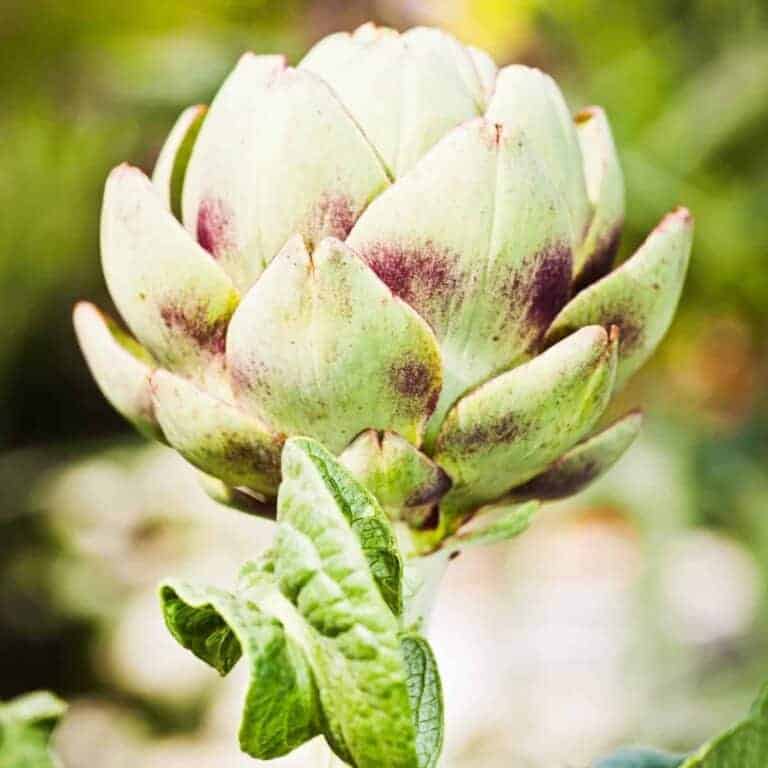
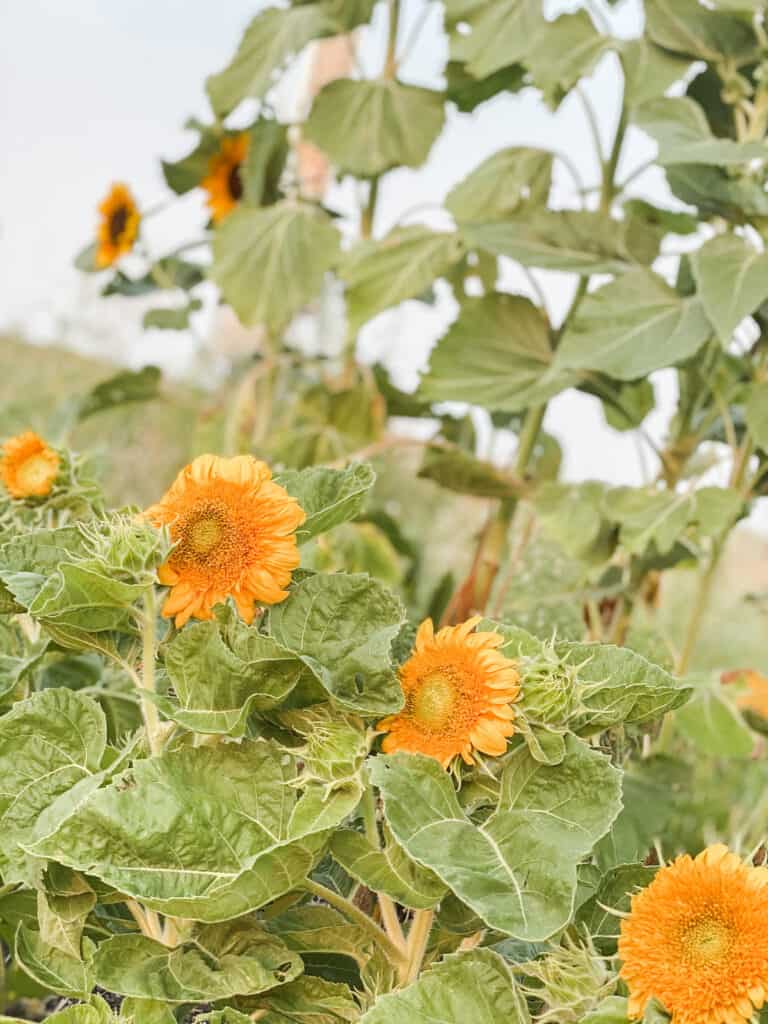
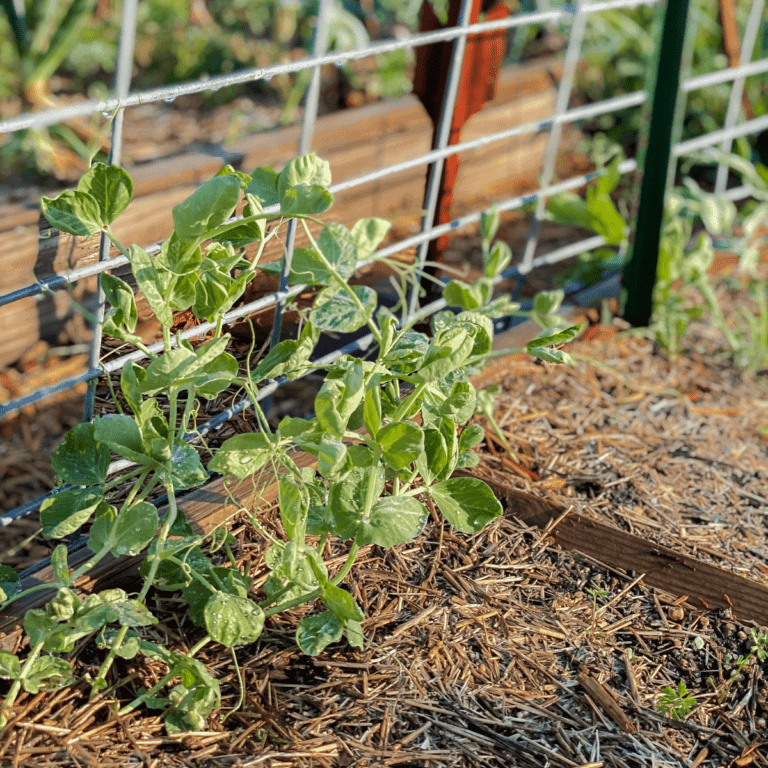
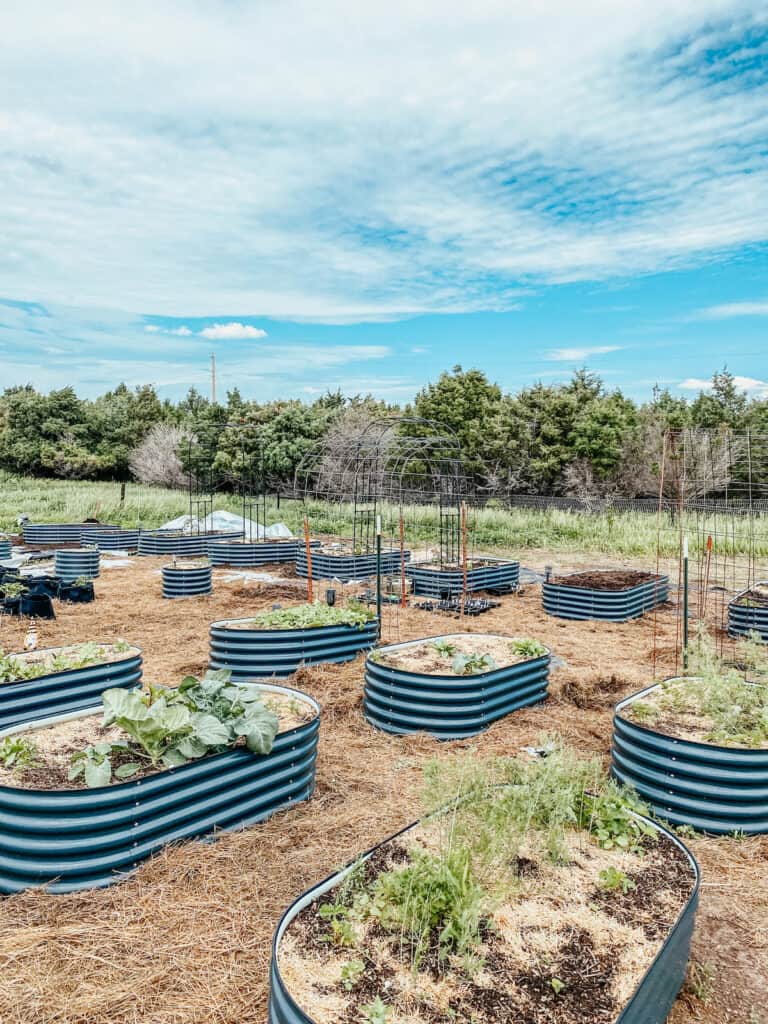
I’m glad I’m not the only Abundant Permaculture fan 🙂 My husband is slowly getting there too and was also impressed with the Chickshaw. Its on our list with some poultry fencing, some meat birds and more laying hens. I’m going to have to print out your list of 12 principles so we can work on it. I haven’t had time to dig into permaculture much yet. Great post!
I think that Chickshaw is genius ha. I know that this will save a ton of time in the future! We can brainstorm and encourage each other along our journey! 🙂
I love permaculture! I’ve been working on using it to develop our property. There’s lots of posts on my blog. I haven’t seen abundant permaculture before so thanks for sharing the links. It sounds like you’re on the way to improving your homestead already 🙂
I grew up on the East coast near the water and am living in the mountains. We are converting blank horse pasture to permaculture food forest… making slow changes, and seeing progress. You can do it!
Thats fantastic! Thanks for sharing 🙂
Hi,
I love your article, to let me further understand about Perrmaculture…. I am not patience to looking forward your next article.